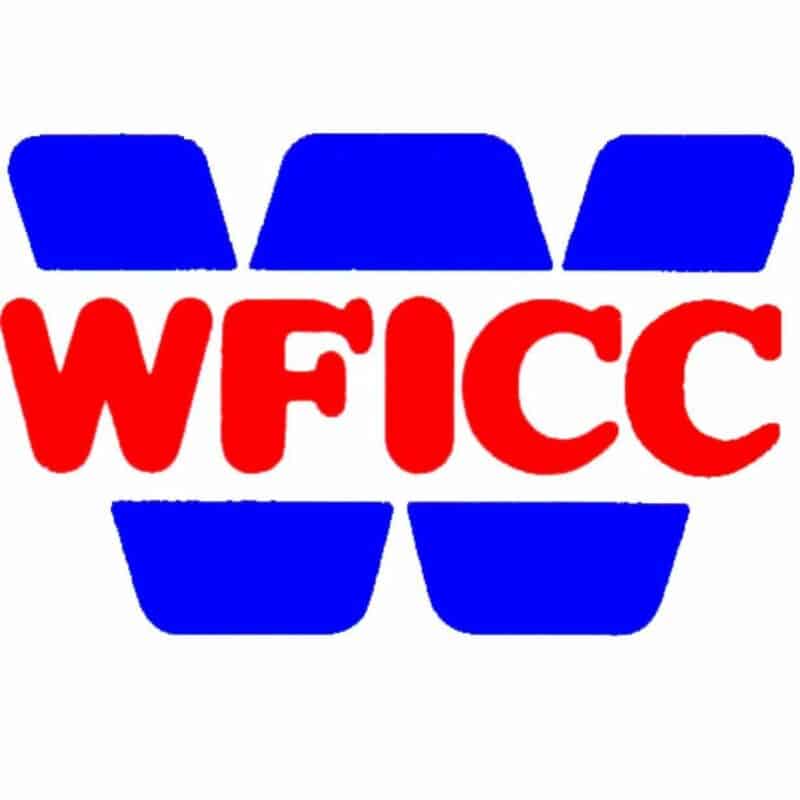本翻譯僅作學術交流用,無商業意圖,請勿轉載,如有疑議問請來信
一項新研究發現,對於慢性心力衰竭患者,透過遠紅外線輻射加熱腿部可急性改善血液動力學、血管內皮功能和降低氧化壓力。此治療方式無需專業設施,且無明顯副作用,為患者帶來新的希望。
在慢性心臟衰竭患者中,使用遠紅外線輻射加熱腿部可急性改善血液動力學、血管內皮功能和氧化壓力
Leg heating using far infra-red radiation in patients with chronic heart failure acutely improves the hemodynamics, vascular endothelial function, and oxidative stress
Shujiro Inoue 1, Masao Takemoto, Akiko Chishaki, Tomomi Ide, Mari Nishizaka, Mami Miyazono, Hiroyuki Sawatari, Kenji Sunagawa
Affiliations expand
PMID: 22975533 DOI: 10.2169/internalmedicine.51.7115
https://pubmed.ncbi.nlm.nih.gov/22975533/
摘要
背景:
全身性熱療法(STT)已與慢性心力衰竭(CHF)患者的有益效果相關聯。然而,由於它需要專門且寬敞的設施以及受過訓練的人員,使其在CHF患者的日常護理中難以實踐。
目的:
本研究的目的是確定腿部熱療法(LTT)是否對CHF患者具有與STT相似的正面影響。方法和結果二十名CHF患者(57 ± 17歲,左心室射血分數= 30 ± 10%)接受了20分鐘的LTT(45°C)。治療後立即,核心溫度上升(+0.3 ± 0.3°C)(p <0.01)。儘管LTT對心率、收縮動脈壓和舒張血壓沒有顯著影響,但它增加了心輸出量(混合靜脈氧飽和度; +2 ± 3%)並降低了肺毛細血管楔壓(-2 ± 2 mmHg)。 LTT顯著改善了流動介導的血管舒張作用(FMD)從4.8 ± 2.6%增加到7.1 ± 3.6%,抗氧化標誌物,硫醇從4.0 ± 0.7增加到4.5 ± 0.9μmoL/g,以及氧化脫氧核糖核酸(DNA)損傷標誌物,尿液8-羥基-2’脫氧鳥苷(8OHdG)從100減少到82 ± 3%,分別(p <0.05)。沒有患者與LTT有任何不良反應。結論LTT急性改善了CHF患者的FMD和氧化壓力。儘管LTT的長期效果尚待研究,但其與STT相當的實用性使其成為CHF患者的一項有吸引力的治療策略。
Abstract
Background:
Systemic thermal therapy (STT) has been associated with beneficial effects in patients with chronic heart failure (CHF). The fact, however, that it requires a dedicated as well as spacious facility and trained personnel makes it difficult to practice in the daily care of patients with CHF.
Objective:
The aim of this study was to determine whether the leg thermal therapy (LTT) has a positive impact similar to that of STT in patients with CHF. Methods and Results Twenty patients with CHF (57 ± 17 years old, left ventricular ejection fraction=30 ± 10%) received LTT (45°C) for 20 minutes. Immediately after the treatment, the core temperature had increased (+0.3 ± 0.3°C) (p<0.01). While the LTT had no significant effects on the heart rate, systolic arterial pressure, and diastolic blood pressure, it increased the cardiac output (mixed venous oxygen saturation; +2 ± 3%) and decrease the pulmonary capillary wedge pressure (-2 ± 2 mmHg). The LTT significantly improved the flow-mediated vasodilatation (FMD) from 4.8 ± 2.6 to 7.1 ± 3.6%, the antioxidative markers, thiol from 4.0 ± 0.7 to 4.5 ± 0.9 μmoL/g, and the marker of oxidative deoxyribonucleic acid (DNA) damage, urine 8-hydroxy-2’deoxyguanosine (8OHdG) from 100 to 82 ± 3%, respectively (p<0.05). No patient had any adverse effects associated with LTT. Conclusion LTT acutely improved FMD, and oxidative stress in patients with CHF. Although the long-term effect of LTT remains to be investigated, its practicality which is comparable to that of STT would make it an attractive therapeutic strategy for patients with CHF.



 English
English Bahasa Melayu
Bahasa Melayu Bahasa Indonesia
Bahasa Indonesia Tiếng Việt
Tiếng Việt ไทย
ไทย